How To Wire Car Speakers?
Wiring car speakers can seem like a daunting task, especially for those who are not familiar with car audio systems. However, with the right guidance and tools, it can be a straightforward process that enhances your driving experience with better sound quality. In this article, we will walk you through the steps to wire car speakers, covering everything from the necessary tools to troubleshooting common issues. Whether you are a novice or have some experience with car audio systems, this guide will help you achieve a successful installation.
Understanding the Basics

Before diving into the wiring process, it is essential to understand the basic components involved in a car audio system. The primary components include:
1. Head Unit: This is the control center of your car audio system, often referred to as the stereo or receiver.
2. Speakers: These are the output devices that produce sound.
3. Amplifier: This device boosts the audio signal to drive the speakers.
4. Wiring: This includes speaker wires, power wires, and ground wires that connect all the components.
Tools and Materials Needed
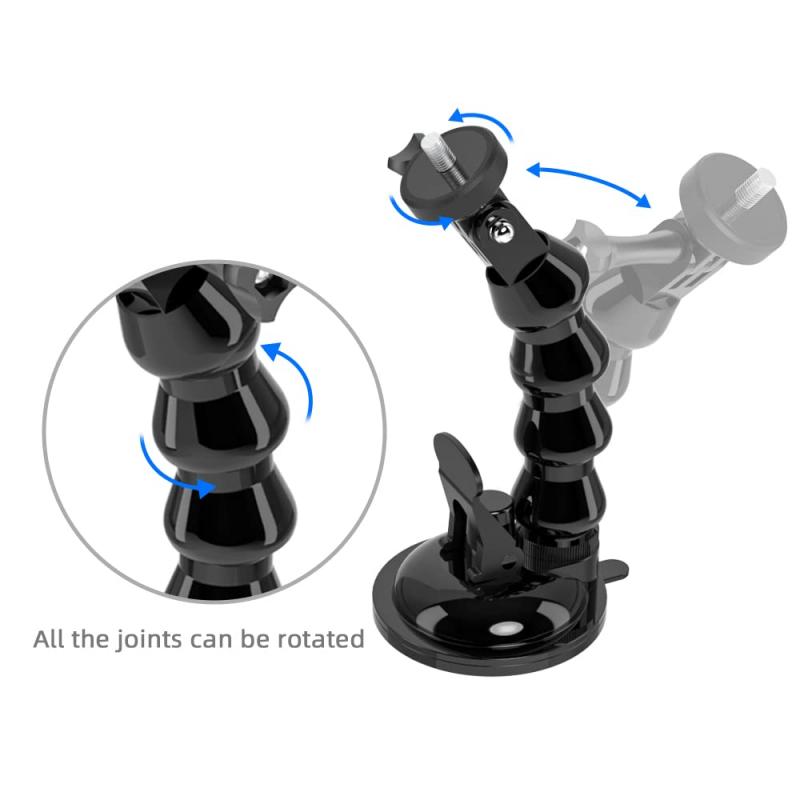
To wire car speakers, you will need the following tools and materials:
- Speaker wire (usually 16-gauge or 18-gauge)
- Wire strippers
- Crimping tool
- Electrical tape or heat shrink tubing
- Screwdrivers (Phillips and flathead)
- Panel removal tool
- Multimeter (optional, for troubleshooting)
- Soldering iron and solder (optional, for secure connections)
Step-by-Step Guide to Wiring Car Speakers
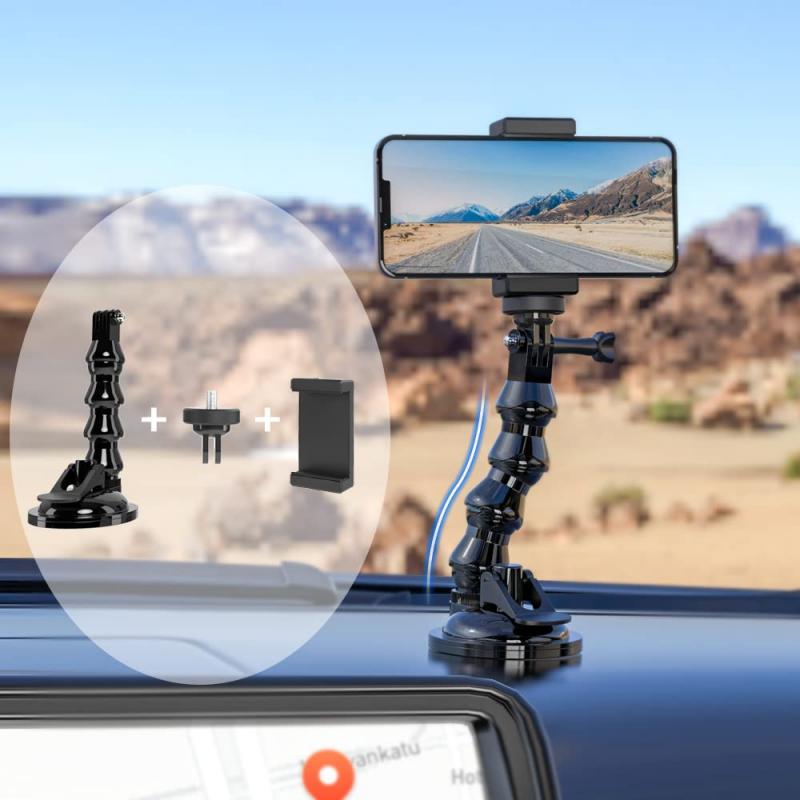
Step 1: Disconnect the Battery
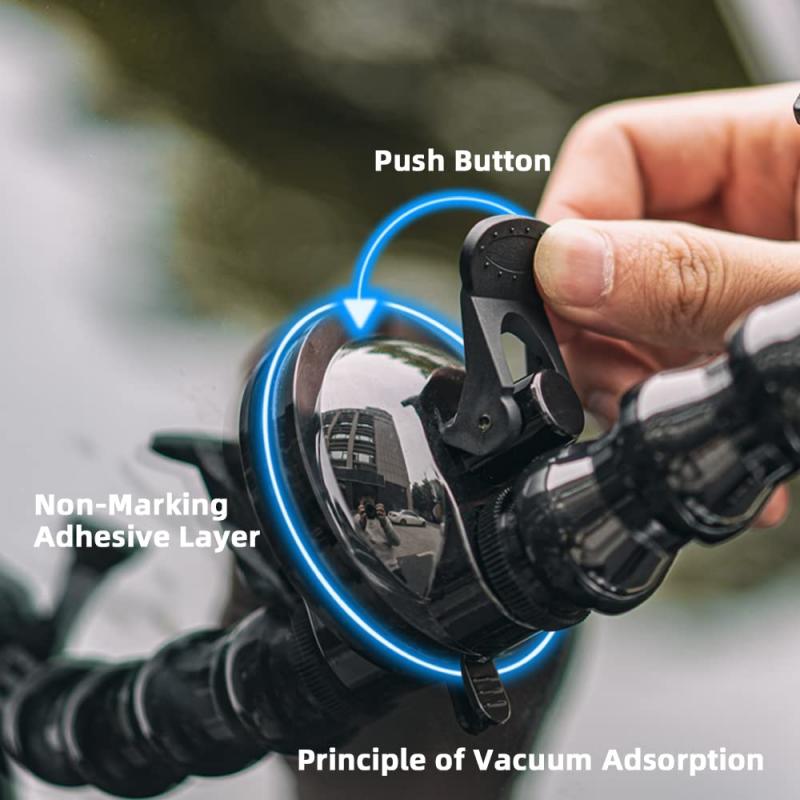
Safety first! Before starting any electrical work on your car, disconnect the negative terminal of the car battery. This will prevent any accidental short circuits or electrical shocks.
Step 2: Remove the Door Panels
Most car speakers are located in the doors. Use a panel removal tool to carefully remove the door panels. Be cautious not to break any clips or connectors. Once the panels are removed, you will have access to the factory speakers and wiring.
Step 3: Remove the Factory Speakers
Unscrew the factory speakers and disconnect the wiring harness. Keep the screws as you will need them to install the new speakers. If your new speakers come with a wiring harness adapter, use it to connect the new speakers to the factory wiring.
Step 4: Prepare the New Speakers
If your new speakers do not come with a wiring harness adapter, you will need to connect the speaker wires manually. Strip about half an inch of insulation from the ends of the speaker wires. If you are using a crimping tool, crimp the connectors onto the stripped wire ends. Alternatively, you can solder the wires for a more secure connection.
Step 5: Connect the Speaker Wires
Connect the positive wire (usually marked with a red stripe or a "+" symbol) to the positive terminal of the speaker. Similarly, connect the negative wire (usually marked with a black stripe or a "-" symbol) to the negative terminal. Ensure that the connections are secure and insulated with electrical tape or heat shrink tubing to prevent short circuits.
Step 6: Install the New Speakers
Place the new speakers into the speaker mounts and secure them with the screws you saved earlier. Make sure the speakers are firmly in place and do not rattle.
Step 7: Test the Speakers
Before reassembling the door panels, reconnect the car battery and test the new speakers. Turn on the head unit and play some music to ensure that the speakers are working correctly. Check for any distortion or imbalance in the sound. If everything sounds good, proceed to the next step.
Step 8: Reassemble the Door Panels
Carefully reattach the door panels, making sure all clips and connectors are properly aligned. Secure the panels with screws and ensure that everything is back in place.
Troubleshooting Common Issues
Even with careful installation, you may encounter some issues. Here are some common problems and their solutions:
1. No Sound from Speakers: Check the connections to ensure that the wires are securely connected to the speaker terminals and the head unit. Use a multimeter to check for continuity in the speaker wires.
2. Distorted Sound: This could be due to a loose connection or a damaged speaker. Double-check the wiring and ensure that the speakers are not damaged.
3. Imbalanced Sound: If one speaker is louder than the other, check the balance settings on your head unit. Also, ensure that the speakers are of the same impedance and power rating.
4. Rattling Noise: This could be due to a loose speaker or door panel. Ensure that the speakers are securely mounted and that the door panels are properly reattached.
Tips for a Successful Installation
- Plan Ahead: Before starting the installation, plan the wiring route and gather all necessary tools and materials.
- Label Wires: Label the speaker wires to avoid confusion during installation.
- Use Quality Materials: Invest in good quality speaker wires and connectors for a reliable and long-lasting installation.
- Take Your Time: Rushing the installation can lead to mistakes. Take your time to ensure that everything is done correctly.
Wiring car speakers can significantly improve your car's audio system, providing a better listening experience. By following this step-by-step guide, you can successfully wire your car speakers and enjoy high-quality sound on the road. Remember to prioritize safety, use the right tools, and take your time to ensure a successful installation. If you encounter any issues, refer to the troubleshooting section to resolve them. With patience and attention to detail, you can achieve a professional-quality installation and enjoy your favorite music with enhanced clarity and depth.


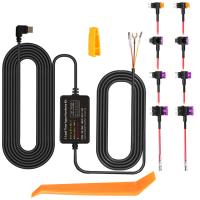
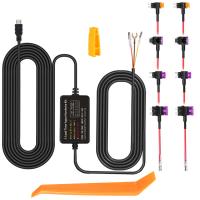
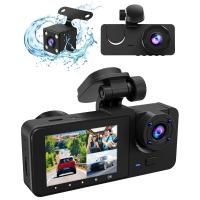
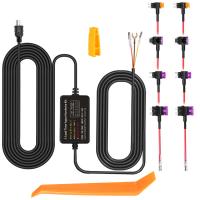

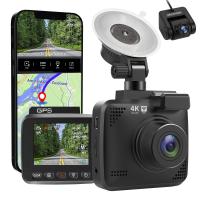
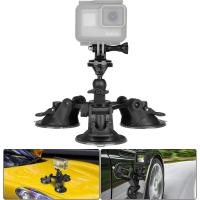
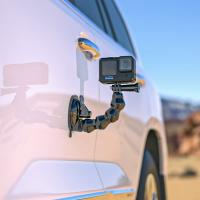

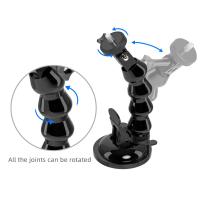
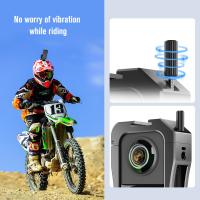
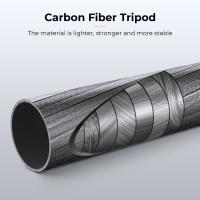
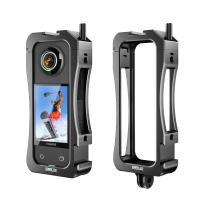




There are no comments for this blog.